New York City Orphans Arrive in Cajun Country by the Train Loads
It was a bold plan to find homes for tens of thousands of orphans from the streets of New York City in the early 1900’s. The young children were put on orphan trains, in a mass relocation that led to our modern system of foster care. Some of those orphans, roughly 2,000 children, found their way to the French-speaking communities in southern Louisiana.
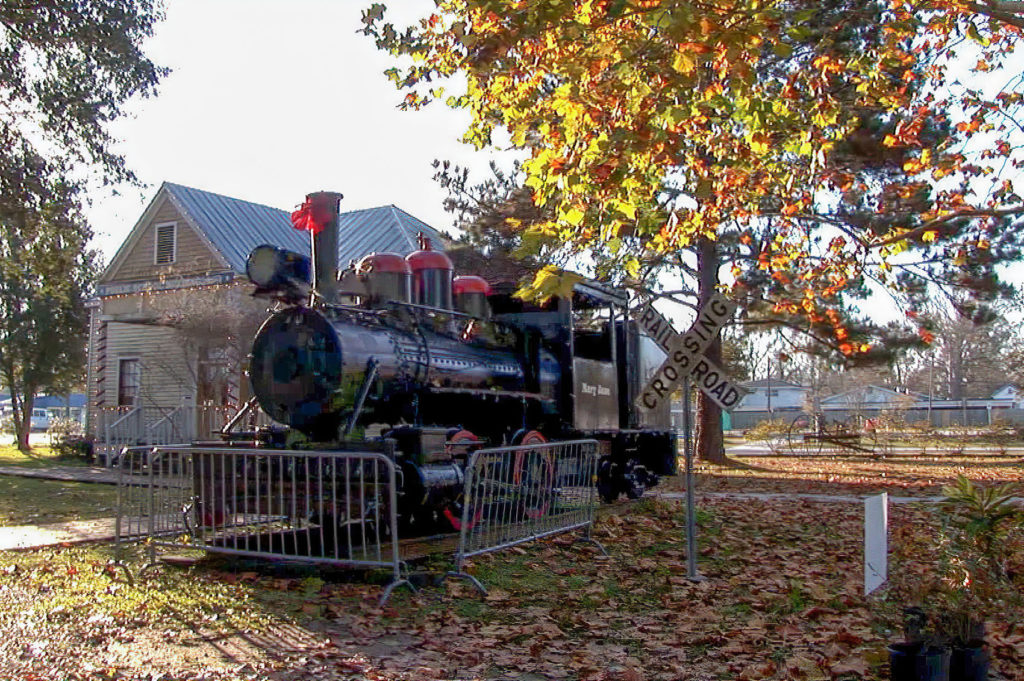
Some of those children’s descendants created the Orphan Train Museum the old train depot in the city of Opelousas. This train station, and others across southern Louisiana, was a drop-off location, where families would claim orphans they had “ordered” through the Catholic Church.
Lucien Lipari’s father, Frank, was three years old when he arrived in Opelousas with dozens of other New York orphans in 1907. “After two-and-a half years the mother didn’t come back for him. In May of 1907, he was put on a train to Louisiana”, Lipari explains that his father and other orphans were in the care of the Sisters of Charity in New York City. “Since it was a Catholic institution, they would appeal to the Catholic parishes, like in southwest Louisiana, it’s mostly predominantly Catholic communities.” He adds, “Just think of how many of us would not be here today if it wouldn’t have been for the orphan trains”.
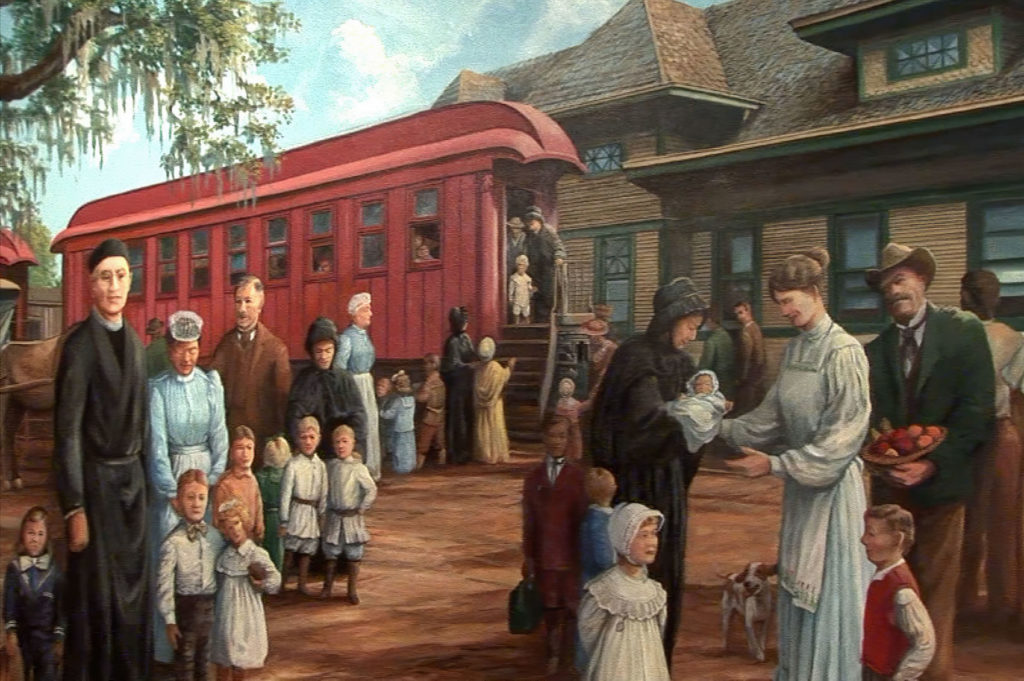
The local Catholic priest, Father John Engberink, recruited families and even hand carried their requests to the orphanage in New York. The sisters would give the parents a receipt, telling them when the child would arrive. Each child had a numbered tag that helped identify them. “It didn’t work quite that well,” Harold Dupre explains. “Apparently it was kind of a bedlam situation when the children arrived”.
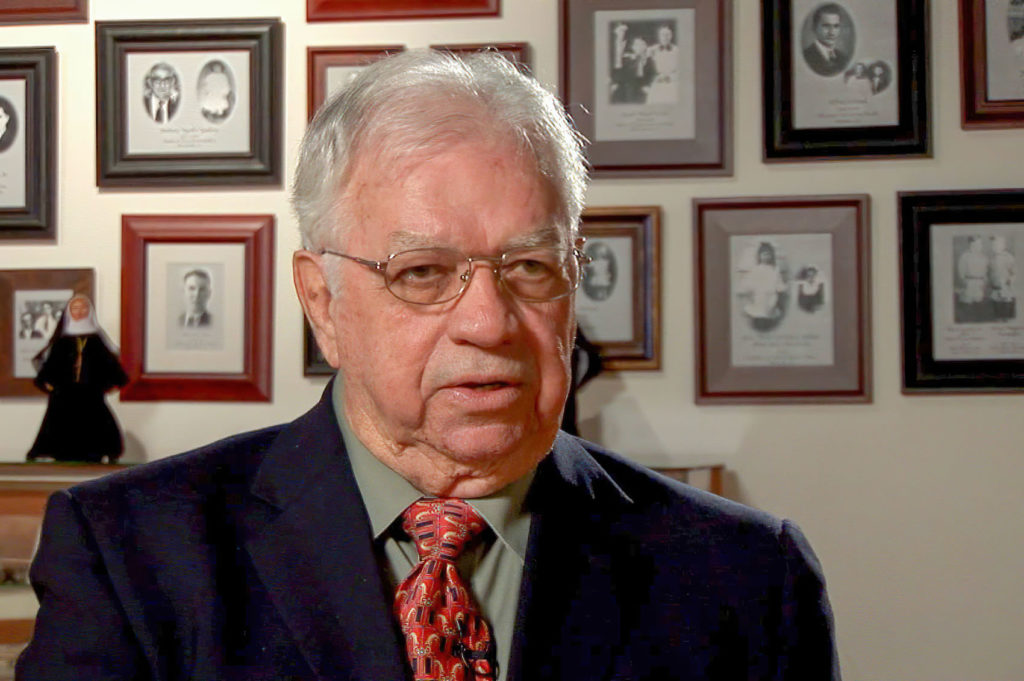
Dupre helped to found the orphan train society of Louisiana. The group opened a museum in an old freight depot in downtown Opelousas. Dupre’s father was also 3 years old when he arrived in 1907. Little George Thompson travelled with his 6-year-old sister Agnes. But Dupre’s father was caught in a mix-up at the train station. “You have to realize back in 1907 most people spoke only French here.” It was apparently that language barrier that separated the young siblings. “The wrong George, George Murphy, wound up going with the parents of Agnes Thompson. “And she kept telling them all along you have the wrong George.” The brother and sister would grow up in separate families. Dupre says, “Agnes tells the story about the time that she went to a church in Grand Prairie, Louisiana and she saw him and she said she went up to him to talk to him and he ran away”.
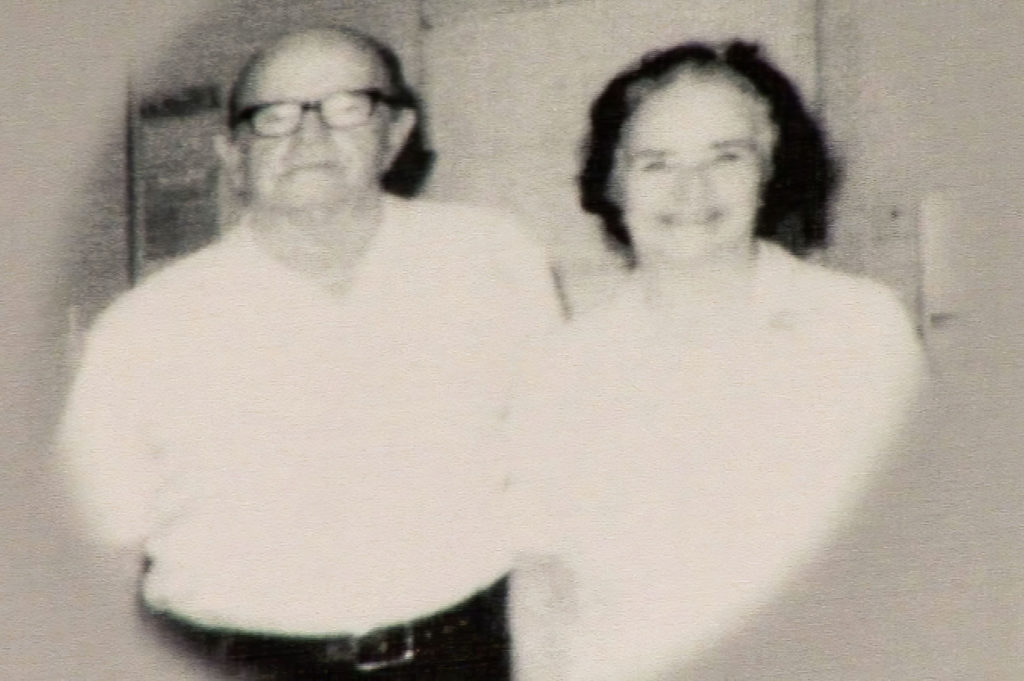
More than 60 years passed before family members made the connection and reunited the long-separated brother and sister. “When I got them together in the 1970’s”, Dupre recalls, “they looked at each other. They both had blue eyes, they both had reddish hair and they looked so much alike.” According to Dupre, his father didn’t remember the train ride, but Agnes had vivid memories. “And she says they had to drag me to the train. I didn’t want to leave. I wanted to stay in my home. This was their home.”
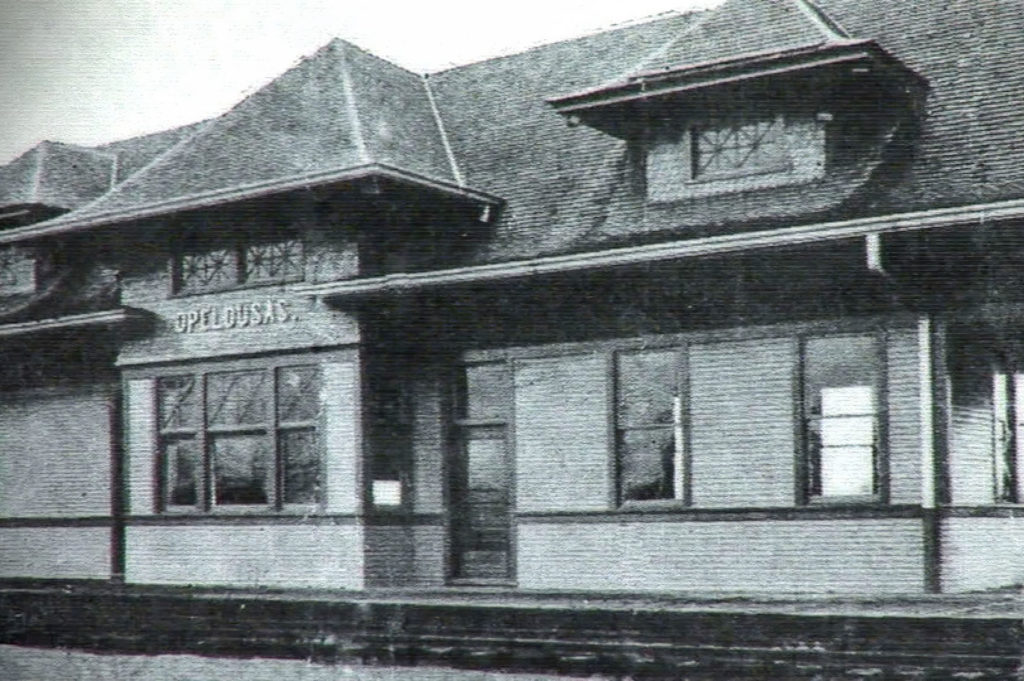
The orphan trains made stops in New Orleans, Morgan City, Lafayette, Opelousas, and Mansura. In 1919, a 3-year-old named Alice Kearns was on one of those trains.

At age 93, Alice Kearns Bernard recalled meeting her new parents. “I was told that the people who picked me up, they said they had put me to bed between them at night and I had shook all night long. I shook all night long from riding that train, I guess, and not knowing where I was going or who I was with.” Bernard doesn’t remember the train ride but has a faint memory of a row of white baby beds in the New York orphanage.

And she still has the clothes she was wearing when she arrived in Louisiana, including a pair of tattered brown shoes. “I had a name tag on the bottom of my little dress. I was addressed to these people because they had ordered me through the Catholic priest to come to them. I was sent like a package”.
It seems that many of the adoptive families and their children didn’t talk about the orphans or their train rides to Louisiana. But now, thanks to the efforts of their descendants, their stories are finally being told in the Orphan Train Museum. And the descendants of those relocated orphans , can get help tracing their roots through the Sisters of Charity in New York City.
223 S Academy St, Opelousas, LA 70570

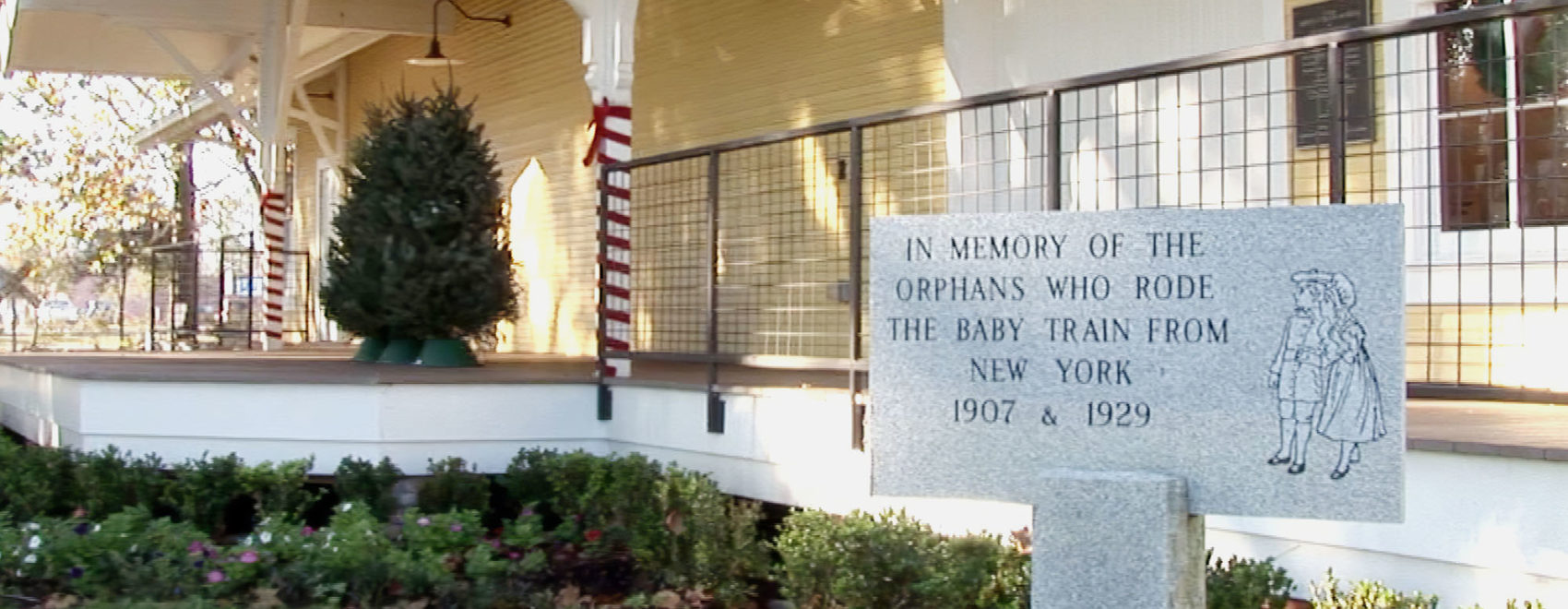
Patricia Angell
How do I track what happened to Elsie Mary Van Hees?
Dave McNamara
I would start by contacting the Louisiana Orphan Train Museum: email- laorphantrain2009@gmail.com phone-337-948-9922
or the National Orphan Train Complex in Concordia Kansas – email- info@orphantraindepot.org phone-785-243-4471